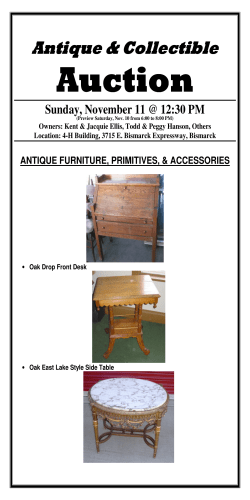
Document 154989
FACT SHEET: GLASS Glass is manufactured by a process which has remained unchanged for centuries. Raw materials such as sand, soda ash and limestone are heated together in a furnace to form glass. This is either moulded into shapes or undergoes further processing. Across Europe 75% of glass produced is used in the packaging of drinks. Glass is potentially 100% recyclable. Facts & Figures Glass makes up about 6.5% of our waste in N.Ireland! The average person in N.Ireland uses about 140 glass bottles per year! Glass bottles take up to 500 years to decompose! In 2001 the UK recycled 587,000 tonnes of glass. The energy saved is equivalent to that used to launch 10 space shuttles! What can I do? If a glass container cannot be reused then it should be recycled. In Castlereagh, glass can be recycled through the Bryson House Kerbie box or by bringing them to bottle banks at Household Recycling Centres or bring sites / community recycling points. How is glass recycled? Glass is collected and taken to a processing facility. The different colours of glass (green, brown and clear) are separated using an optical separator. This is a machine that can separate the glass very quickly (60 pieces per second) into individual colours. The bottles and jars are then washed and magnets are used to remove any metal contaminants such as caps and collars. Once all the contaminants are removed, the glass is crushed into small pieces called cullet and mixed with other raw materials to make glass; it is then melted into a large furnace. Glass in the process of being broken down into cullet Molten glass from the furnace is poured out through channels and cut into pieces called gobs, each of which is the right size to make a bottle or jar. Cullet is essential for making new glass as it gives it strength. If cullet doesn’t come from recycled glass, new bottles would have to be produced, just to be crushed and made into cullet. What other products can be made from recycled glass? Recycled glass is not just used to make bottles and jars, it can also be used to make fibreglass, reinforced plastics, glazes in the ceramic industry, water filtration, ornaments, stain glass windows, various jewellery and even the sand found in golf bunkers. What else can you do? Recycling isn’t the only option for reducing glass going to landfill. Here are some different examples: REDUCE - Buy products contained in larger jars or bottles compared to using lots of smaller containers, reducing waste produced. REUSE - Glass jars can be used again for storage, e.g. food or nails/screws, have your milk delivered in returnable bottles, which can be reused to store milk in.
© Copyright 2026










